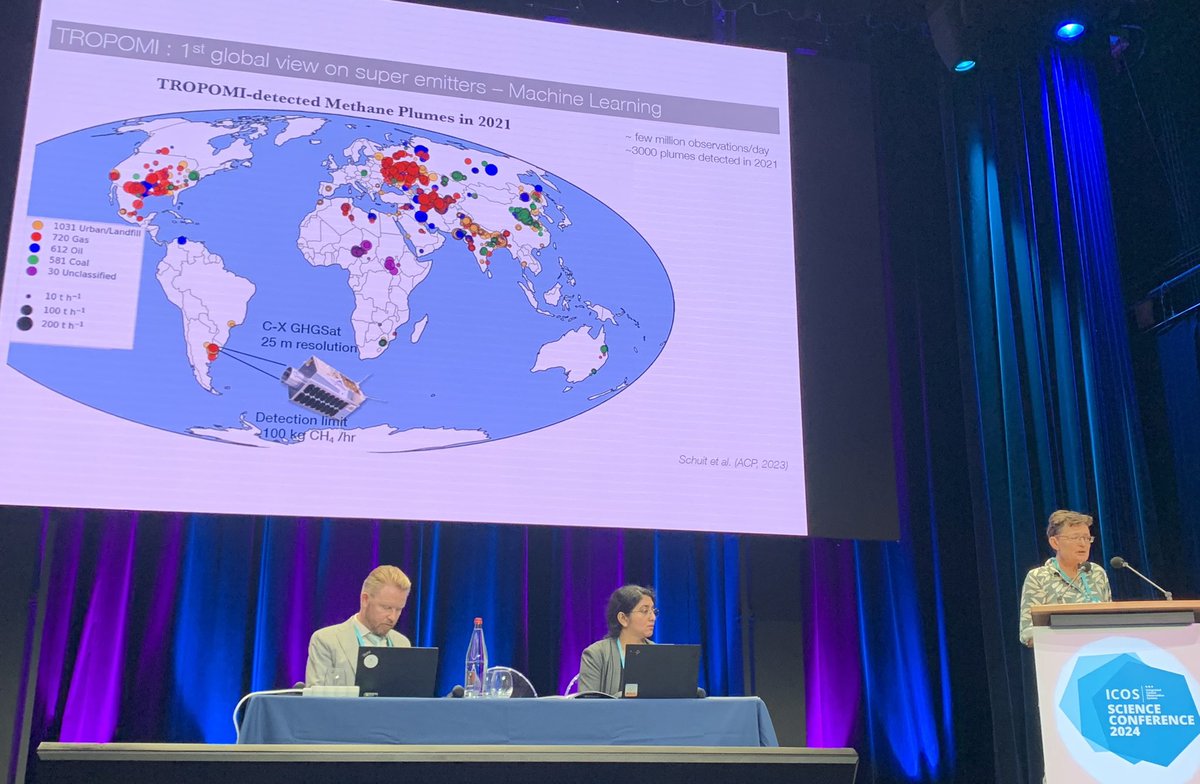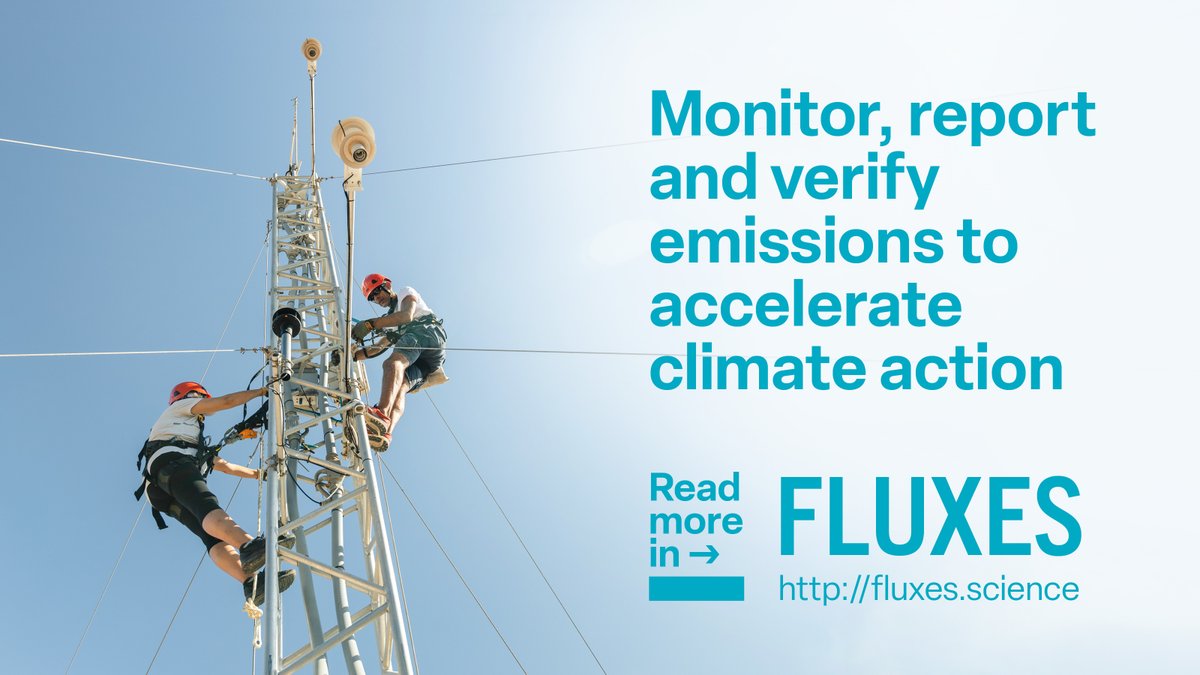
Bram (J.D.) Maasakkers
@jdmaasakkers
Atmospheric Scientist at SRON working on better understanding anthropogenic methane and carbon monoxide emissions.
ID: 824823581079195649
http://jdmaasakkers.github.io 27-01-2017 03:37:21
192 Tweet
207 Followers
228 Following

Bram Maasakkers studied methane emissions as an environmental science and engineering Ph.D. candidate at SEAS. Five years after graduating, he's still researching methane emissions, now at @sron_space in the Netherlands. buff.ly/3OD1cbS Harvard University Center for the Environment


New Publication! 🚀 Our work unveils a massive methane release from a Kazakh well, monitored by several satellite missions. LARS (Instituto de Ingeniería del Agua y Medio Ambiente),SRON Space Research,Kayrros,GHGSAT 📰 Read More: eartharxiv.org/repository/vie… 📣 Also featured on BBC! 📺🗞️ bbc.com/news/world-asi…

Since methane leaks have been in the news recently, we thought it would be useful to have a look again at how we can monitor #methane from space with Copernicus EU missions: esa.int/Applications/O… Typically, the detection of methane emissions relies on Copernicus EU

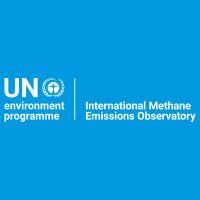
🛰 BBC News (World) reports on major Kazakhstan emissions event detected via IMEO efforts to notify governments of methane plumes via satellite data. Initial analysis from Universitat Politècnica de València, SRON Space Research and UN Environment Programme suggests it could be one of the largest ever recorded. bbc.com/news/world-asi…

I’m at the UN in Geneva this week to represent SRON Space Research at the Global Methane Forum.
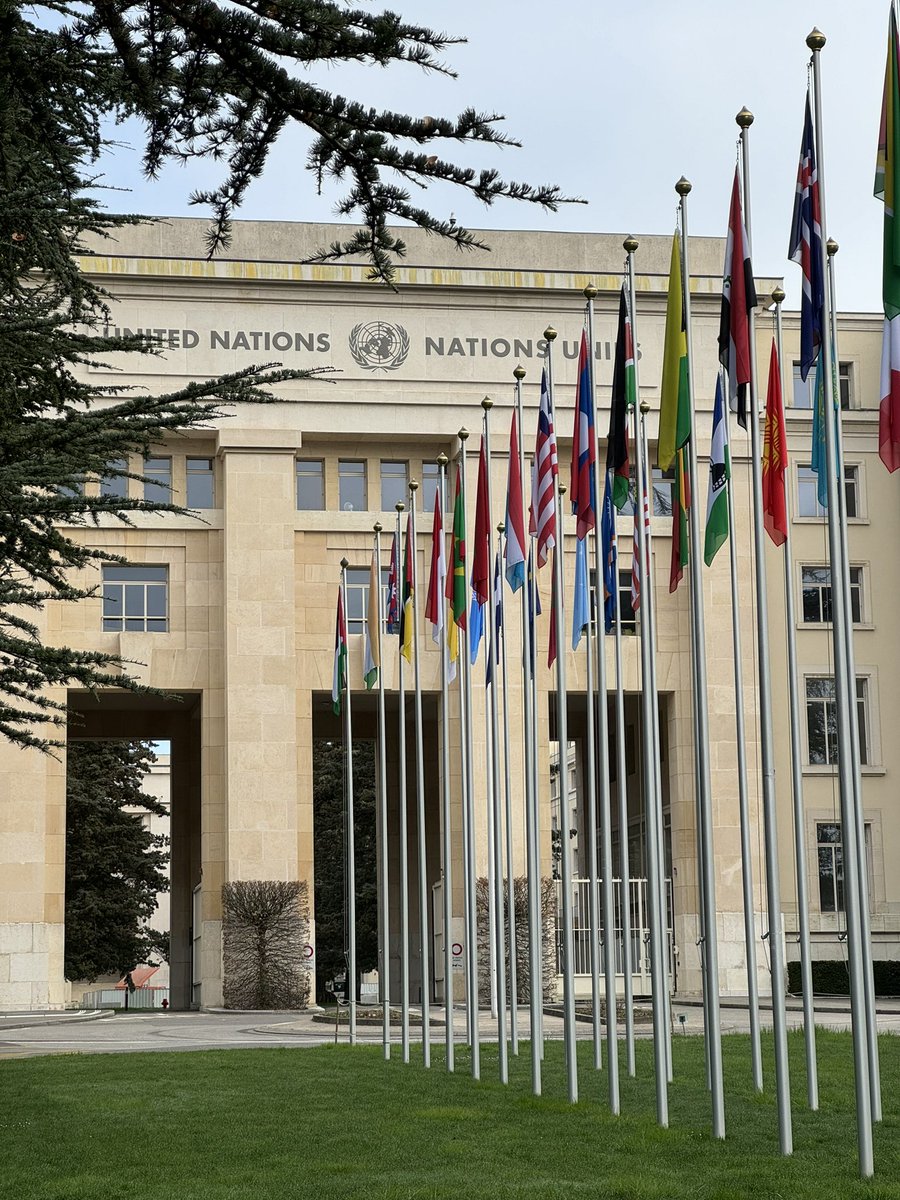

De 🇪🇸Spaanse koning Felipe en 🇳🇱koning Willem-Alexander bezochten gisteren European Space Agency testcentrum ESTEC in Noordwijk. Ze praatten o.a. met SRON Space Research Ilse Aben en Mari Martinez Velarte over hoe TROPOMI elke dag de hele aarde scant op grote methaanpluimen. sron.nl/news/spaanse-k…
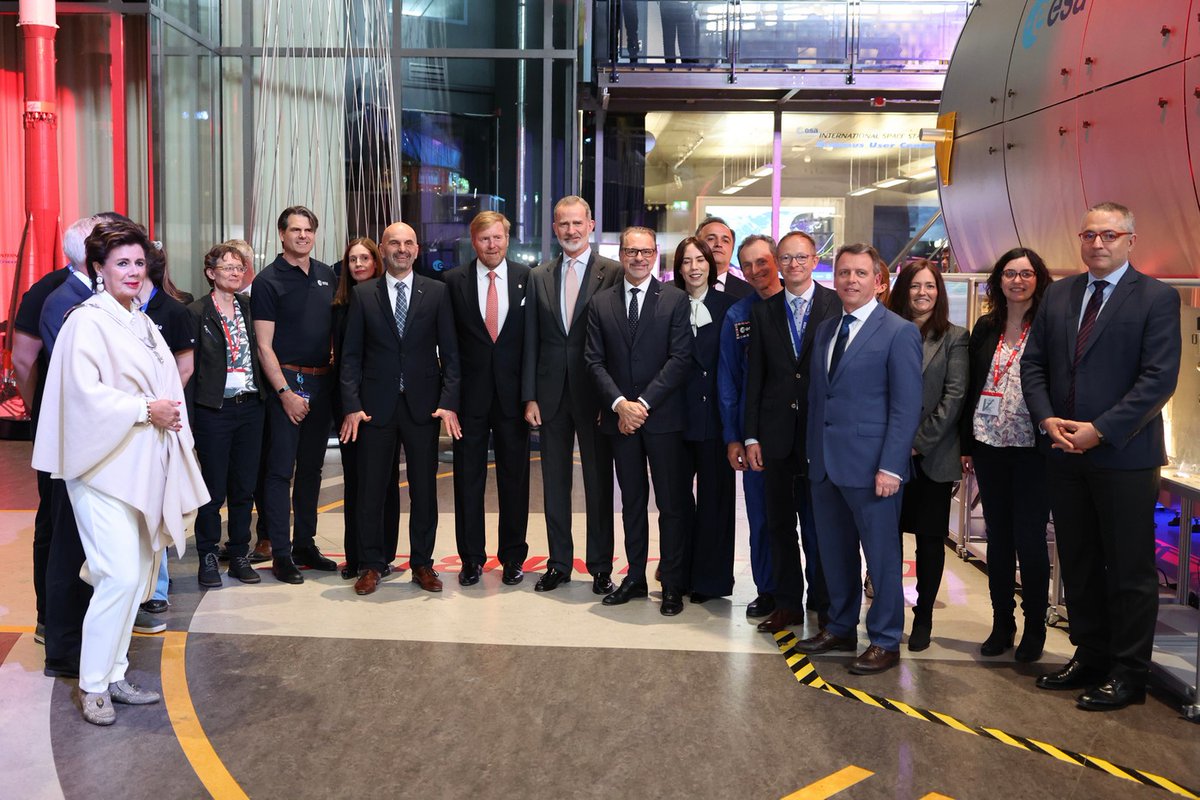


Our paper using satellite observations to quantify methane emissions at 25 km x 25 km across the contiguous US is out! We quantify emissions for individual landfills, urban areas, and states and find that EPA estimates reported to the UNFCCC are too low. acp.copernicus.org/articles/24/50…

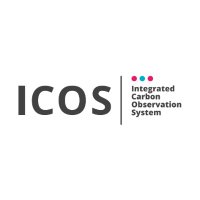

Great to see the SRON Space Research TROPOMI super-emitter detections in the latest issue of FLUXES! You can find the latest plumes at earth.sron.nl/methane-emissi….

🚨A new study shows that one of the largest methane leaks ever recorded occurred last year at a remote well in Kazakhstan. 🛰️ It was detected by Universitat Politècnica de València, @SRON_Spaceand and UN Environment Programme, combining a diverse array of methane-sensitive satellites. 📑 pubs.acs.org/doi/10.1021/ac…
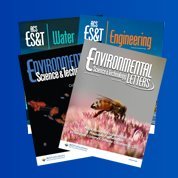
This ES&T Letters study by Luis Guanter and team at Instituto de Ingeniería del Agua y Medio Ambiente uses data from Sentinel-5P/TROPOMI and other methane-sensitive satellite missions to investigate a #MethaneLeak during a well blowout. #MethaneEmissions Read this #OpenAccess here 👉 go.acs.org/a56
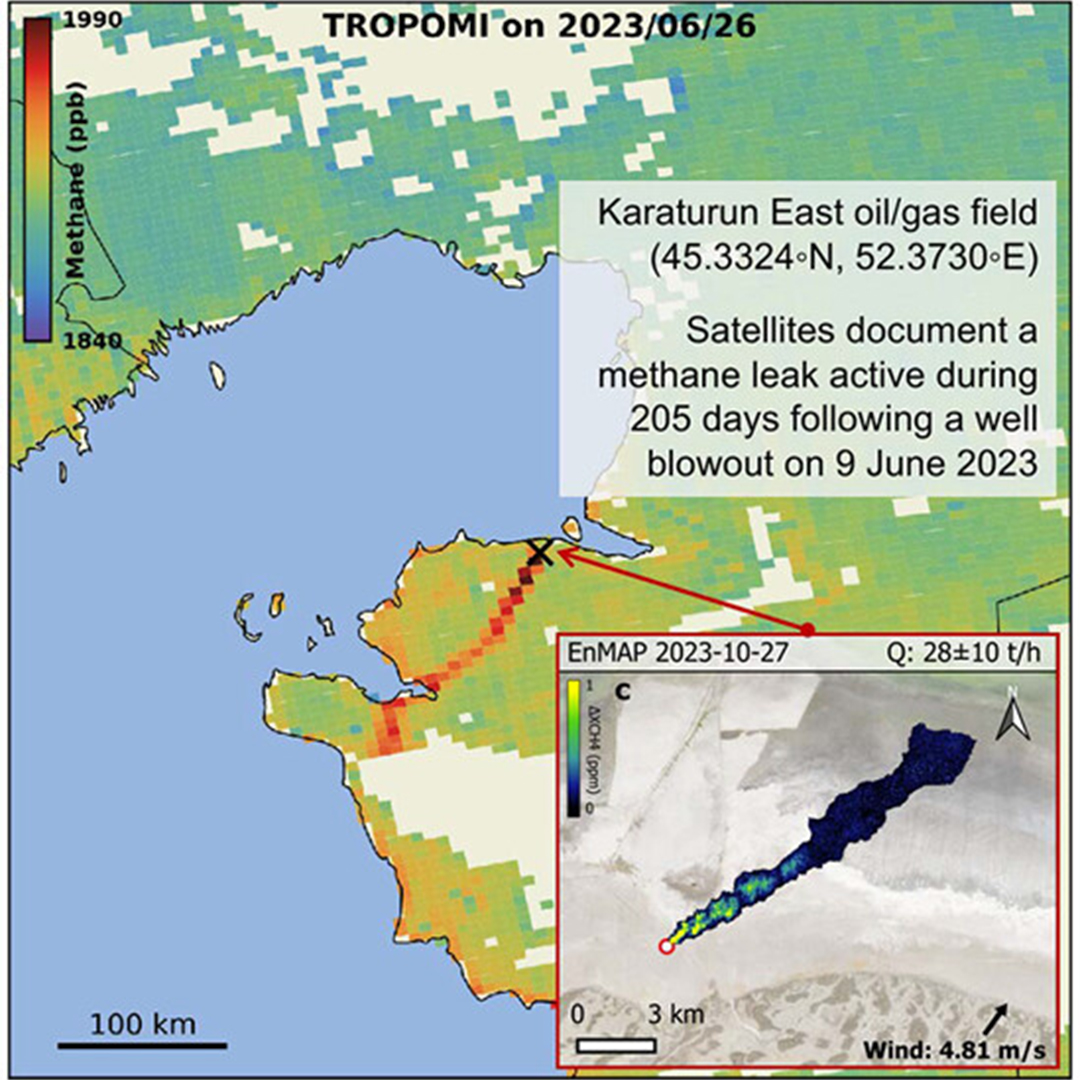

New study outlines three imperatives plus national actions for reversing a recent rise in methane emissions: Authors include Drew Shindell of Duke Environment, Tel Aviv University, Climate & Clean Air Coalition; Bram (J.D.) Maasakkers of SRON Space Research; @SophieSzopa of UVSQ LSCE IPSL


Ilse Aben from SRON Space Research shows how TROPOMI and other satellites can track and categorize Methane hotspots: "Seeing the maps is an eye-opener for many decision-makers and is helping to curb the leaks". Data in UN Environment Programme methanedata.unep.org #ICOS2024SC #CutMethane
